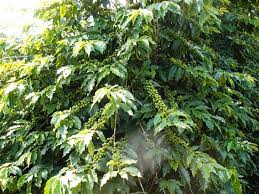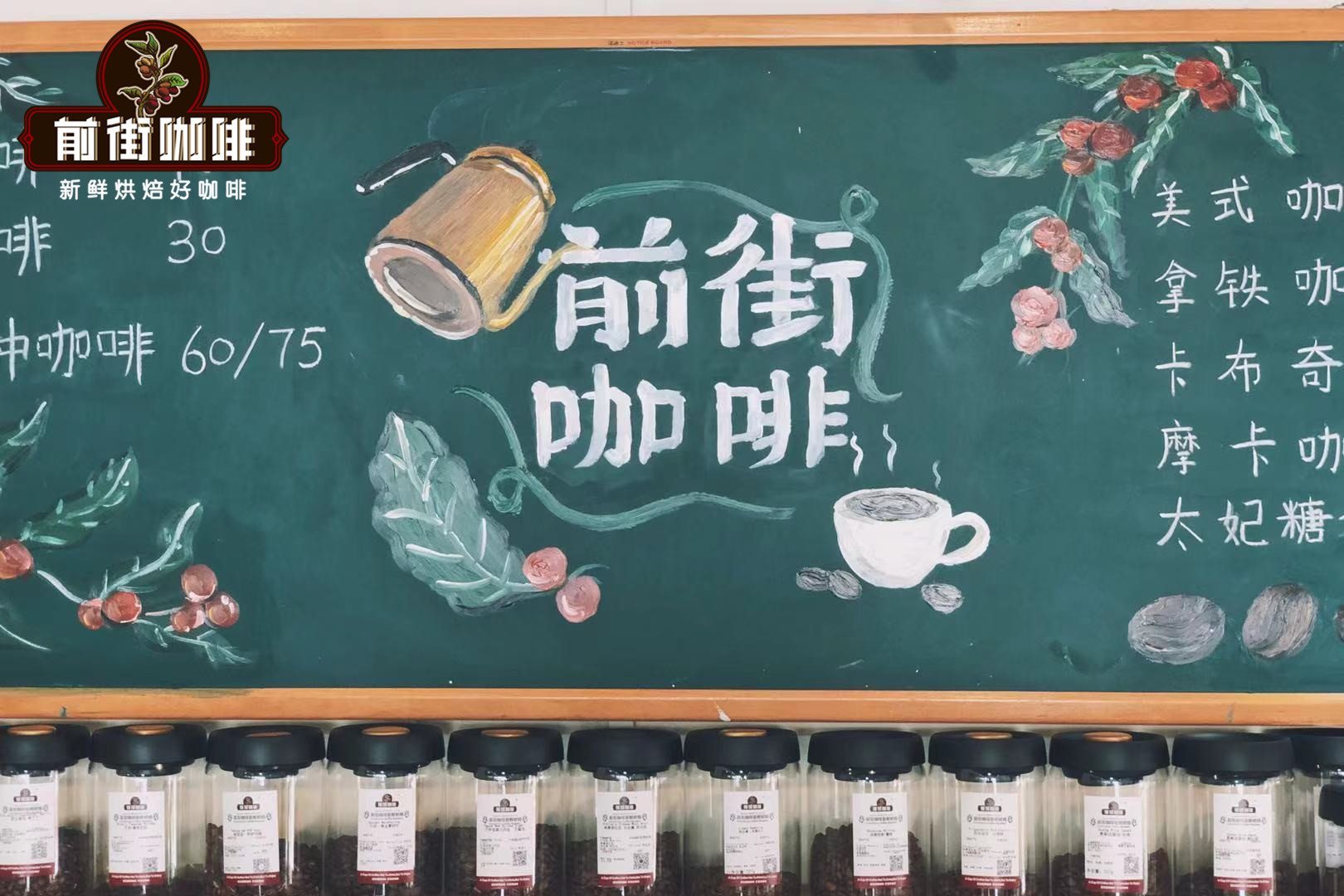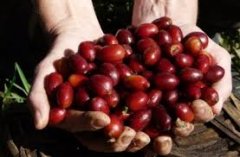Introduction of Brazilian Bourbon Natural Hybrid Acaia Coffee beans introduction of coffee beans unique to Brazil
Acai á

Variety: Acaia
Association: Mundo Novo
Origin: Brazil
It is best to grow above 800 meters.
Type: Sumatra (typical) / bourbon hybrid
It's common: Brazil
Main color: red
Fruit size: large
Leaf characteristics: large, the middle between Typica and bourbon
Botany: natural hybridization

Special hint:
A very rare breed. I have seen this in the Brazilian Cup of Excellence, but it was not until 2009 that they discovered it.
Acacia trees from the Mundo Novo factory are mainly found in Brazil and grow above 800m. The size of the fruit is mainly red.
Whether the variety is really found outside Brazil, because when it is tried elsewhere, the result is changed. It adapts to the climate and conditions of Brazil.
The disadvantage is that it is vulnerable to all coffee plant diseases and pests.
Mundo Novo is rare, not very popular, but Acaia is very rare.
Acai á (also known as Acaia Cerrado) is a rare species found mainly in Brazil. It is reported that its name means "great fruit" in Tupi-Guarani. This seems to happen often in the "Excellence Cup", but it is not so conspicuous elsewhere.
Acaia is a natural mutation of Mundo Novo (itself a hybrid of Typica and Bourbon). It adapts to the climate and growth conditions of Brazil and does not seem to do well when trying in other regions.
This breed seems to thrive above 800 meters above sea level. The tree develops into a triangle so that it can capture the sun evenly. Other benefits are its high productivity, general toughness and adaptability to mechanical harvesting. However, some disadvantages are that it is vulnerable to coffee tree diseases and pests.

Important Notice :
前街咖啡 FrontStreet Coffee has moved to new addredd:
FrontStreet Coffee Address: 315,Donghua East Road,GuangZhou
Tel:020 38364473
- Prev

Common coffee varieties Daquan Coffee comes from Iron pickup Coffee beans
Coffee varieties detail Acai: a rare Mundo Novo mutation found mainly in Brazil. Anacafe 14: a spontaneous Catimor-Pacamara hybrid further developed and released by Anacafe in 2014. This variety is considered to be rust-proof and produces high cup quality. Anton sari (Andong Sari): popular from Colombia to Indonesia
- Next

Introduction of Anaka 14Anacafe-14 Coffee Bean study on adaptability of New Coffee Variety
Anaka 14 in 1981, Mr. FranciscoMancham, a producer in the Chiquimula coffee district of Camotn, established a small piece of coffee variety Catimor, brown buds, near the Pacamara plant. Through natural hybridization, we have naturally obtained plants with the characteristics of high vitality, high yield and large grain size. After several selection cycles of more than 30 years, we get
Related
- Guji coffee producing area of Guji, Ethiopia: Humbela, Shakiso, Wulaga
- What is the most expensive variety of Qiloso in BOP multi-variety group?
- How to store the coffee beans bought home?
- Why are Yemeni coffee beans so rare now?
- Ethiopian Sidamo all Red Fruit Sun Sun Santa Vini Coffee beans
- SOE is mostly sour? What does it mean? Is it a single bean? what's the difference between it and Italian blending?
- Is Italian coffee beans suitable for making hand-brewed coffee?
- How to choose coffee beans when making cold coffee? What kind of coffee beans are suitable for making cold coffee?
- Just entered the pit to make coffee, what kind of coffee beans should be chosen?
- Can only Japan buy real Blue Mountain Coffee? What are authentic Jamaican Blue Mountain coffee beans?

